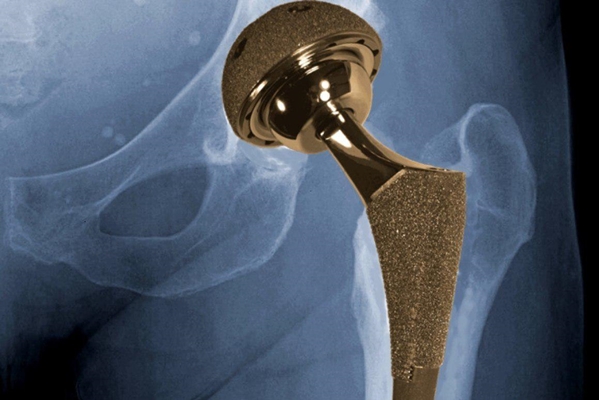Medical professionals say that after the age of 70, people are more likely to need knee or hip joints replacement. There are between 40 and 50 thousand patients in need of knee joint replacement in Iran each year.
The hip joint is a widely used product that was previously only supplied through imports. However, the technology of its production has now been localised in Iran.
The artificial hip joint is generally made of metal, polyethylene or ceramic, and is replaced by the normal hip joint that has been damaged for some reason.
The artificial hip joint relieves the pain caused by joint damage and can significantly improve the patient’s ability to perform physical activities. This artificial joint can improve patient’s range of motion and compensate for shortness of the patient’s body.
Patients usually require joint replacement due to arthritis and slow fracture healing or infection. Currently, 17 to 20% of the market uses artificial hip joints manufactured by an Iranian knowledge-based company, and many orthopedic hospitals in the country purchase the product directly from the firm.
For a brief review of Iran’s achievements in various fields of science and technology, check the book “Science and Technology in Iran: A Brief Review – 2019”
The dealers who import an artificial hip joints usually deliver it to medical centres at a rate of 500 to 600 dollars, while the domestic product could be purchased at a rate of 250 to 350 dollars and this price difference is very important.
Although the surgery to replace this joint is very simple and the patient can be relieved of chronic pain and the quality of her/his life significantly improves, the technology of its manufacturing is not simple because its production requires high technology.
This product should be very similar to bone, and once it is embedded in the patient’s body, it should not cause any problems for the recipient’s movement and immune system. Therefore, its production requires specialised and relatively sophisticated raw materials and machinery.
